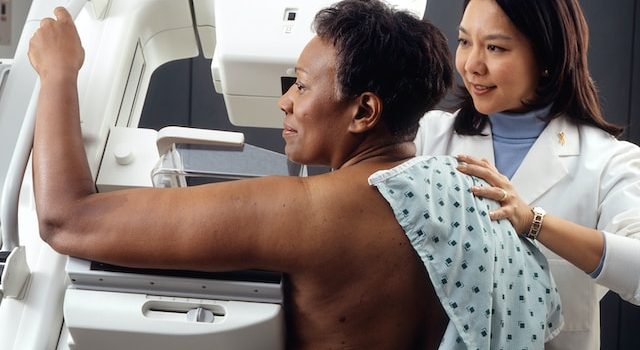
In the wake of recent misdiagnosis tragedies that have shaken public trust in the healthcare system, it is crucial to examine the steps necessary to restore confidence and prevent future incidents. Diagnostic accuracy is the cornerstone of effective healthcare, and addressing the root causes of misdiagnoses requires a comprehensive approach that encompasses enhanced training, robust quality control measures, and a culture of transparency.
Misdiagnosis tragedies not only have devastating consequences for individuals and their families but also erode trust in the medical profession. They highlight the urgent need for healthcare providers to prioritize diagnostic accuracy and implement measures to ensure patient safety. To prevent future incidents, the following steps are crucial:
- Strengthening Diagnostic Training and Education: Continuous professional development programs that focus on diagnostic skills and critical thinking should be a priority for healthcare providers. Physicians and other healthcare professionals must receive comprehensive training to refine their diagnostic abilities, including recognizing atypical presentations of diseases and effectively utilizing diagnostic tools.
- Implementing Evidence-Based Guidelines: Healthcare institutions should adopt evidence-based guidelines for diagnostic practices. These guidelines, developed by experts in the field, provide standardized approaches to diagnostic decision-making, reducing the risk of errors and variability in practice. Regular updates to guidelines based on emerging research and best practices should be emphasized.
- Enhancing Quality Control Measures: Robust quality control measures must be implemented throughout the entire diagnostic process. This includes ensuring the accuracy and calibration of diagnostic equipment, establishing clear protocols for sample collection and handling, and regularly auditing diagnostic procedures to identify and address any potential weaknesses. Quality control should be a priority at every stage to minimize the risk of errors.
- Promoting Collaboration and Second Opinions: Encouraging collaboration among healthcare professionals and facilitating second opinions can be instrumental in preventing misdiagnoses. A multidisciplinary approach, where experts from different specialties contribute their expertise, can lead to more accurate diagnoses and reduce the risk of tunnel vision or bias.
- Fostering a Culture of Transparency and Accountability: Open communication between healthcare providers and patients is essential in restoring and maintaining trust. Healthcare institutions should prioritize transparency by openly discussing the potential risks, benefits, and limitations of diagnostic tests with patients. Additionally, implementing reporting systems for adverse diagnostic events can help identify patterns, assess the impact of errors, and drive continuous quality improvement.
- Utilizing Technology and Artificial Intelligence: Embracing technological advancements, such as artificial intelligence algorithms, can enhance diagnostic accuracy and reduce the risk of errors. Machine learning models can assist healthcare professionals in analyzing complex data, identifying patterns, and providing decision support. However, the implementation of such technologies should be carefully monitored, validated, and complemented with human expertise.
- Patient Empowerment and Informed Consent: Educating patients about the diagnostic process, potential risks, and available options for further evaluation is essential. Informed consent should go beyond legal formalities, empowering patients to actively participate in their healthcare decisions, seek second opinions when necessary, and be informed advocates for their own well-being.
Restoring confidence in healthcare requires a collective effort from healthcare providers, policymakers, and patients themselves. By implementing these steps, healthcare systems can work towards preventing future misdiagnosis tragedies, fostering a culture of accuracy, transparency, and accountability, and ultimately restoring trust in the medical profession.
The path ahead may be challenging, but the pursuit of improved diagnostic accuracy is vital. By prioritizing patient safety, investing in training and technology, and fostering a patient-centric approach, we can rebuild confidence in healthcare and ensure that misdiagnosis tragedies become a thing of the past.










